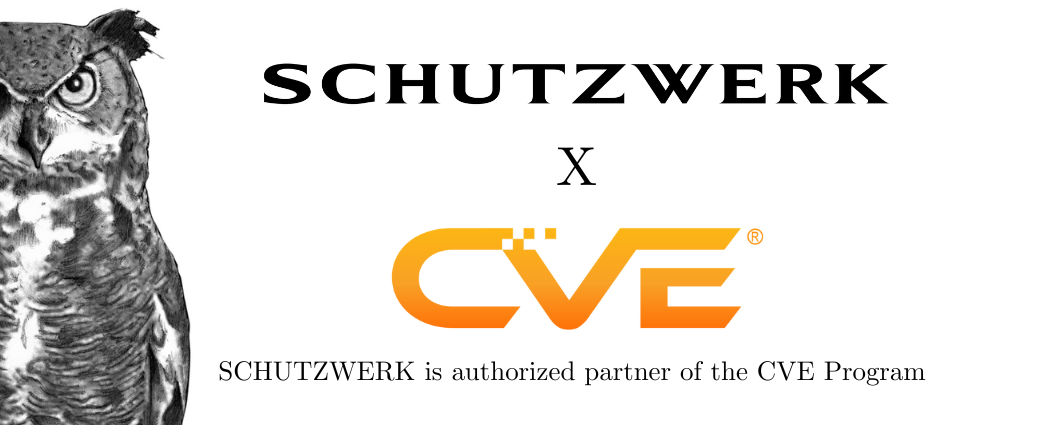
Embedded Fuzzing Part 1: Getting Lauterbach snoops to Ghidra
June 4, 2025 #embedded security #news #cooperation
As first step of the embedded fuzzing cooperation with Lauterbach we export snooping data from TRACE32® and use it with Ghidra and its cartographer plugin.


